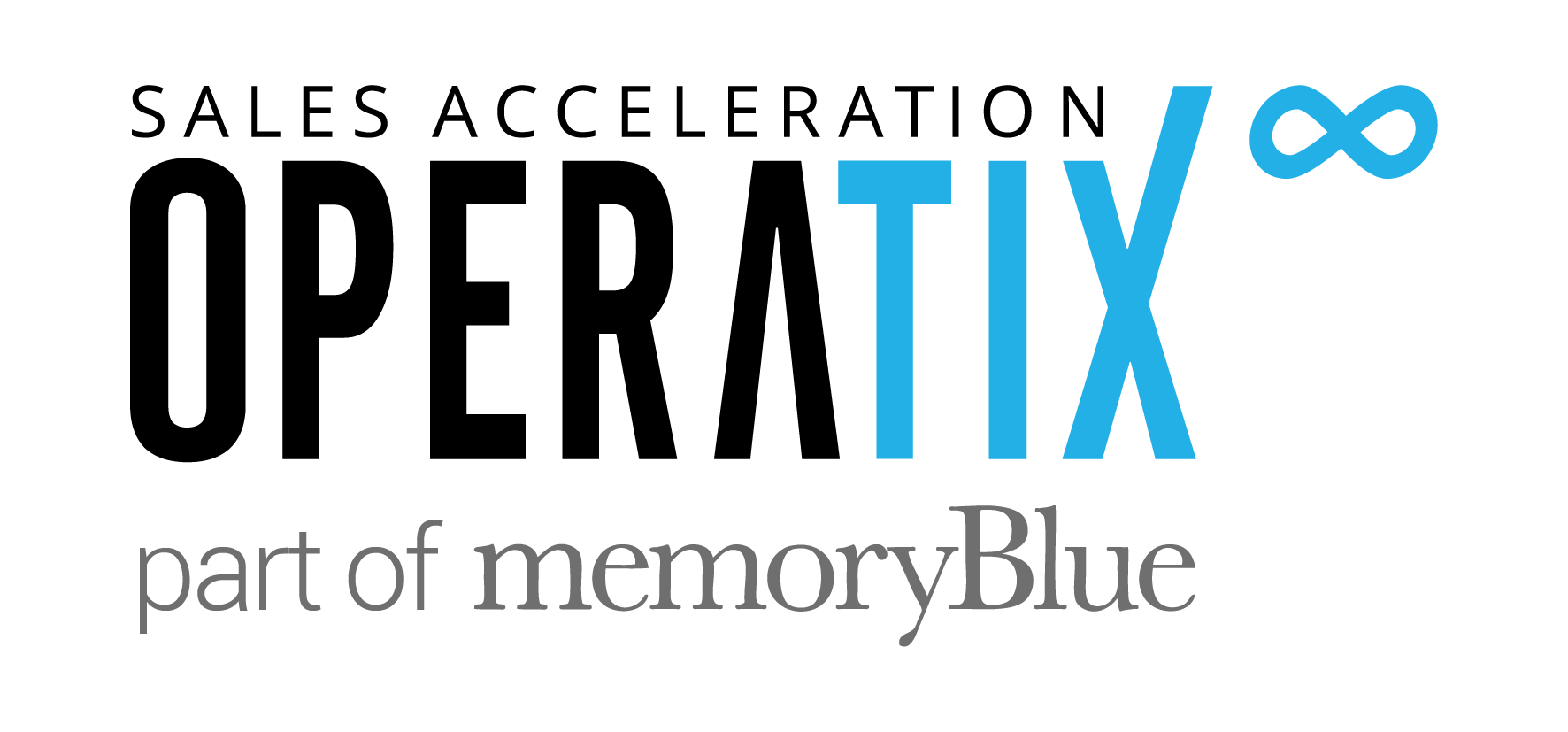One of the biggest grievances that marketing teams have with MQL activity is their perception that the sales team is failing to follow up on leads that they have painstakingly developed. We’d like to share 3 insights highlighting common issues with MQLs, which could help to increase your conversion rate from MQLs.
How to communicate directly with decision makers
Only 37% of MQLs originate from a decision-maker within the prospective company — this is an average figure across the programs we’ve managed over the years. This means that almost two thirds of the time, your lead will originate from someone who does not hold the authority to sign off on a purchase for your product or solution — an influencer on the decision who may only have some degree of input on the final decision to buy. C-level executives in your prospective companies are hard-pressed for time. As such, they aren’t always able to be researching online, attending events and webinars or trawling through white papers. Good managers delegate these tasks, so make sure you’re well prepared to speak to someone lower down in the hierarchy initially, but try to reach out to the decision-maker. In order to help reaching the decision-makers within prospective organizations, you need to proactively identify and research the account, mapping it out along the way to understand who the individuals with the power are. Inevitably, there will be times when you end up having to sidestep the influencer from the equation. Try to be as sensitive as you can about it by staying in touch with the initial point of contact, and approaching the decision-maker in a manner that will not make the influencer feel as though they’re being ejected from the process.
It’s all too common for sales teams not to follow the points we’ve just mentioned here, and very often they don’t proactively engage with decision-makers. The reason behind this is simple: people who don’t hold authority tend to be more responsive and more readily available. What this does, it makes your BDR or sales representative ‘feel good’ about the opportunity — lulling them into a false sense of hope. In reality, the same salesperson is likely to be told 6 months down the line something along the lines of “I’m sorry, I really was a sponsor, but my boss decided to take another direction for now.”
How to increase the conversion rate of MQLs
Don’t expect to have the same conversion rate from MQLs as you would with an organic and proactive opportunity that has been created at a business and technical level by the sales team. These proactive opportunities are not subject to the same level of competition that your MQL will be subject to. If you consider that a C-level operative in a prospective company will have delegated the task of finding a particular solution to someone else, you can bet your bottom dollar that the delegate will be asking for quotes from several of your competitors as well as yourself. In these cases, it’s essential that your sales representative doesn’t take the lead for granted. When the sales representative is first following up on an MQL prospect, it’s important to qualify the lead by asking some key questions: where are they in their buying journey? How many quotes or proposals have they already received from your competitors? How many of your competitors have they reached out to? What are the value propositions that your competitors have offered? Which of your competitors is leading the conversation? Who is the decision-maker in this process? Try not to fall into the trap of simply offering a quote before you’ve undergone a thorough qualification process. Ultimately, a prospect that is reluctant to give away too much information on the questions we’ve just detailed is likely to be shopping around for quotes. If one of your competitors is already conversing with the prospect at management level, it’s best to either leave that lead alone, or ensure your sales team refers to what we’ve mentioned in point 1. You don’t want to be relying on someone within the prospective company to be doing the sales process in your place.
How can a follow up process increase conversions?
A fisherman can do a great job in catching the right fish, but that’s not the only part of the process of getting the meal onto your table. Similarly, the marketing team can do a fantastic job of generating inbound interest, but without an effective follow-up process from the sales team, it’s rendered useless. The first and most important aspect of the follow-up process is your customer experience management. Far too often we see MQLs stuck within a lead queue and subsequently ageing beyond any kind of usefulness. Taking too long to respond to enquiries is a surefire way of losing that prospect to one of your competitors. Here at Operatix, we’ve found that you triple the likelihood of successfully converting an MQL if your sales team follows up within a 2-hour window from initial contact being received. Bear in mind that the lead has likely shown interest in not just you, but your competitors too. Following up as soon as you can reduces the likelihood of the prospect defecting to one of your competitors because you were too slow to get in touch before they did. Granted, this is common sense. But how would you feel if you showed interest to a solution at a trade show or online, and the vendor took 3 weeks to follow up?
Be very careful of inbound response making your resources complacent. It’s easy for your resources to get a little too comfortable, and begin to neglect their outbound duties. Really, it’s just human nature. Inbound activity is more attractive than outbound, and it will take a strong and disciplined management system to make sure your resources maintain an effective mix between the two. MQLs are not the holy grail to closing business; they are simply prospects showing interest. The importance of generating that interest with outbound should never be underestimated.
Far too often we see effective and creative marketing campaigns held back because they weren’t properly followed up on by the sales team. On the other side of the spectrum, we often see sales teams let down by marketing failing to zero in on the correct kinds of campaigns, and failing to ditch sources that are not proving to be fruitful.
Fostering a good working relationship between marketing and sales is the key to success here. See how Operatix can help your company increase conversions of MQLs – request a call back to discuss your options here.



